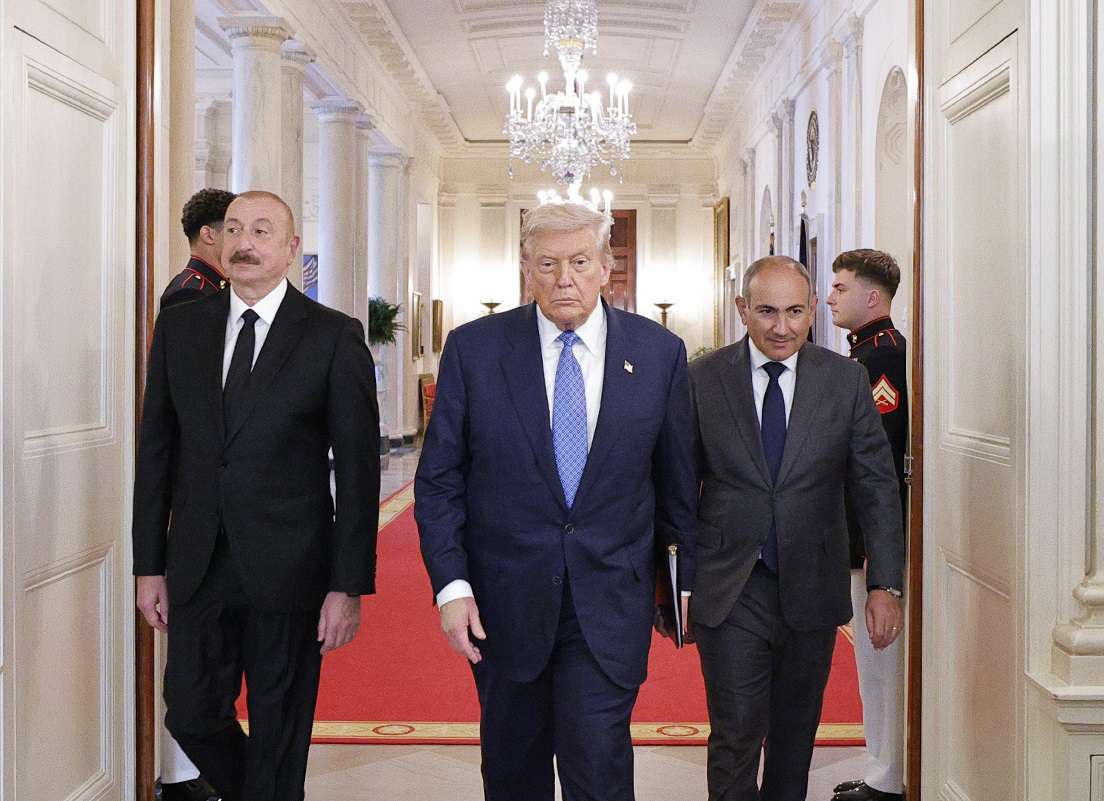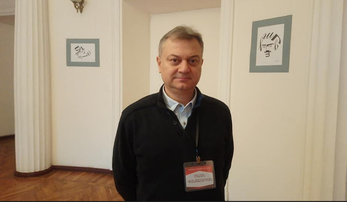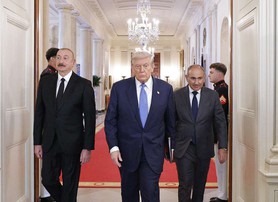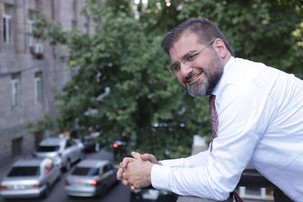Responsible Statecraft published an article by Brussels-based analyst Eldar Mammadov titled “Trump’s Armenia-Azerbaijan Peace Plan: Another Road to Nowhere.”
Radar Armenia presents it with some cuts. It should be noted that the article was published before the signing of the trilateral declaration at the White House on August 8.
“Last week, US President Donald Trump announced that a peace agreement between Armenia and Azerbaijan, two warring countries in the South Caucasus, is expected.
He attributed the achievement to the diplomatic efforts of his administration. “Armenia and Azerbaijan. We worked magic there, and it’s very close, if not already done,” he said during a dinner with Republican senators.
His words referred to the US proposal to lease a 43-kilometer road running through Armenia’s southern Syunik region to an American private company for 100 years. US Ambassador to Turkey Thomas Barrack announced this. The plan is being presented as a creative solution to the impasse over Baku’s demand for the so-called “Zangezur Corridor.” The corridor, a land route through Armenia, would connect Azerbaijan’s Nakhichevan enclave with Turkey. Under the plan, the road, under US management, could be used by all sides to overcome the “tribal biases” fueling the conflict.
However, reactions in Armenia and Azerbaijan have so far been muted. Both countries, however, are trying to reduce Russia’s influence in the region, which in theory should make them more receptive to US involvement.
The main obstacle remains the issue of sovereignty. Armenian Prime Minister Nikol Pashinyan has stressed that Armenia must retain control of the road. And Azerbaijani President Ilham Aliyev, speaking in Khankendi/Stepanakert (the former capital of Nagorno-Karabakh, whose indigenous Armenian population was forcibly expelled from the region in 2023), insisted on the need for one-way access to Nakhichevan and Turkey, rejecting any foreign presence. “There will be no operators, leases, or rents on our territory,” he emphasized, indirectly rebuking Washington.
Given Aliyev’s previous claims that Syunik is “an ancient Azerbaijani land” and his threats to seize it by force, Armenia rightly views his demands as a precondition for annexation.
The situation is also complicated by the fact that the proposed route would pass through Armenian territory bordering Iran. Tehran is strongly opposed to any extra-regional settlement, fearing that it would sever its ties with Armenia, strengthen Turkish-Azerbaijani influence at its expense, and make its trade routes with Russia and Europe vulnerable to Baku’s whims. Iran even held military exercises on the Azerbaijani border in 2022 as a warning.
Tehran’s concerns are also heightened by Azerbaijan’s military cooperation with Israel, as well as suspicions that Israeli drones entered Iran from Azerbaijani airspace during the recent 12-day war. Baku categorically denies these allegations. In addition, Iran suspects that Baku and Tel Aviv are encouraging separatist sentiments among its Azerbaijani population. …
Russia, like Iran, views the US proposal as an attempt to push it out of the South Caucasus. Yerevan is encouraging this process. However, Moscow still has significant leverage: it guards Armenia’s border with Iran, has a military base in Armenia, and dominates large parts of its economy and infrastructure. Yerevan’s turn to the West is, for now, more rhetoric than practical. How will Russian border guards operate in a US-controlled corridor? Is Washington prepared to deploy troops to protect it, risking a clash with Russian forces? And more generally, does the US have sufficient stability and political will to implement such a plan in a region that is of little strategic importance to its interests?
While a US-brokered peace between Armenia and Azerbaijan is welcome in principle, the current proposal ignores the region’s many complexities. At best, this is a crude blueprint that requires intensive negotiations with all actors, including Iran and Russia. At worst, this is another attempt by Trump to seek the Nobel Peace Prize.”
Prepared by Arman Galoyan

















